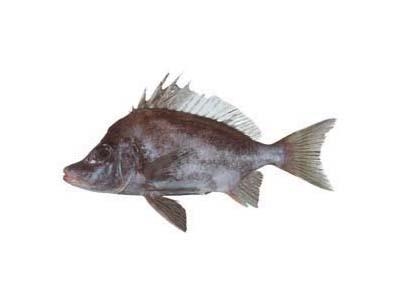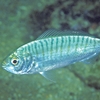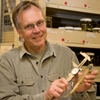General Description
Body moderately deep, compressed, head bones striated, nape with low bony knob; snout much longer than eye diameter, becoming longer and deeper with age. Dorsal fin with 7-8 spines, juveniles with long, slender spines, adults with shorter and heavier spines, soft fin rays only slightly taller anteriorly, not forming a pointed lobe. Anal fin with 2 spines, pectoral-fin base in front of pelvic-fin bas, tail slightly concave. Greenish brown, paler below, with 3 broad indistinct oblique stripes across body. Adult males sometimes peppered with yellow spots. To 90 cm.
Biology
Giant boarfish use their prominent snout and jaws to poke in the sand for shellfish. They are trawled in small numbers and good eating.
Habitat
Temperate waters, near the bottom at 30-165 m.
Reefs
Distribution guide
New Zealand and south-eastern Australia, including central and eastern Victoria.
Species Group
Depth
Shallow (1-30 m)
Deep ( > 30 m)
Water Column
Max Size
90 cm
Commercial Species
No
Global Dispersal
Recorded in Australia
Conservation Status
- DSE Advisory List : Not listed
- EPBC Act 1999 : Not listed
- IUCN Red List : Not listed





